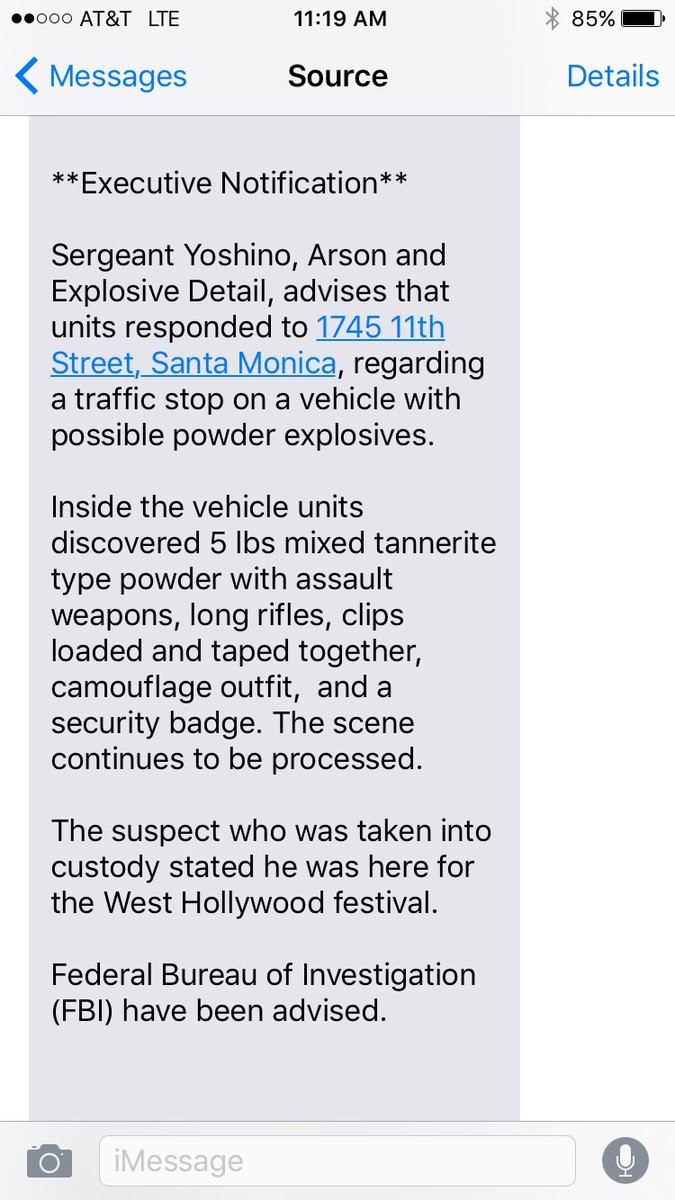Primer:
Foreign nationals or foreign money cannot pay for or lobby for any ballot measures either. Document here from the FEC Commissioner.
From the Federal Election Commission website: The ban on political contributions and expenditures by foreign nationals was first enacted in 1966 as part of the amendments to the Foreign Agents Registration Act (FARA), an “internal security” statute. The goal of the FARA was to minimize foreign intervention in U.S. elections by establishing a series of limitations on foreign nationals. These included registration requirements for the agents of foreign principals and a general prohibition on political contributions by foreign nationals. In 1974, the prohibition was incorporated into the Federal Election Campaign Act (the FECA), [HTML] [PDF] giving the Federal Election Commission (FEC) jurisdiction over its enforcement and interpretation.
This brochure has been developed to help clarify the rules regarding the political activity of foreign nationals; however, it is not intended to provide an exhaustive discussion of the election law. If you have any questions after reading this, please contact the FEC in Washington, D.C., at 1-800-424-9530 or 202-694-1100. Members of the press should contact the FEC Press Office at 202-694-1220 or at the toll free number listed above.
Except where otherwise noted, all citations refer to the Act and FEC regulations. Advisory Opinions (AOs) issued by the Commission are also cited.
The Prohibition
The Federal Election Campaign Act (FECA) prohibits any foreign national from contributing, donating or spending funds in connection with any federal, state, or local election in the United States, either directly or indirectly. It is also unlawful to help foreign nationals violate that ban or to solicit, receive or accept contributions or donations from them. Persons who knowingly and willfully engage in these activities may be subject to fines and/or imprisonment.
Who is a Foreign National?
The following groups and individuals are considered “foreign nationals” and are, therefore, subject to the prohibition:
- Foreign governments;
- Foreign political parties;
- Foreign corporations;
- Foreign associations;
- Foreign partnerships;
- Individuals with foreign citizenship; and
- Immigrants who do not have a “green card.”
Deleted official report says Saudi key funder of Hillary Clinton campaign
MEE: Deputy Crown Prince Mohammed bin Salman reportedly said Saudi has enthusiastically funded Hillary Clinton’s presidential campaign
Saudi Arabia is a major funder of Hillary Clinton’s campaign to become the next president of the United States, according to a report published by Jordan’s official news agency.
The Petra News Agency published on Sunday what it described as exclusive comments from Saudi Deputy Crown Prince Mohammed bin Salman which included a claim that Riyadh has provided 20 percent of the total funding to the prospective Democratic candidate’s campaign.
The report was later deleted and the news agency has not responded to requests for comment from Middle East Eye.
It is illegal in the United States for foreign countries to try to influence the outcome of elections by funding candidates.
The Washington-based Institute for Gulf Affairs has re-published the original Arabic Petra report, which quoted Prince Mohammed as having said Saudi Arabia had provided with “full enthusiasm” an undisclosed amount of money to Clinton.
“Saudi Arabia always has sponsored both Republican and Democratic Party of America and in America current election also provide with full enthusiasm 20 percent of the cost of Hillary Clinton’s election even though some events in the country don’t have a positive look to support the king of a woman (sic) for presidency,” the report quoted Prince Mohammed as having said.
The US Federal Election commission reports that over the past two years Clinton has raised a little more than $211.78m. Twenty percent of this sum is $42.35m.
A screenshot of the English report published and then deleted by the Petra News AgencyThe report was published on the eve of Prince Mohammed making an official visit to the United States.
The Saudi Press Agency reported on Monday that the senior royal was due to fly to Washington where he will meet officials to discuss US-Saudi ties.
He will remain in the American capital until 16 June, when he will travel to New York for meetings with financial companies, the Saudi Gazette reported.
Prince Mohammed will discuss regional issues with American officials, and he will hold talks with the financial companies about his vision for diversifying Saudi Arabia’s economy away from oil dependency.
Links between Saudi Arabia and the Clinton family, including with Hillary’s campaign, are well reported.
In 2008, it was revealed that the Gulf kingdom had donated between $10m and $25m to the Clinton Foundation, a charity set up by Hillary’s husband and former US President Bill Clinton.
Last year the Centre for Studies and Media Affairs at the Saudi Royal Court paid public relations firm the Podesta Group $200,000 for a month-long project to provide “public relations services”.
The Podesta Group was founded in 1988 by brothers John and Tony Podesta. John Podesta is the chair of Hillary Clinton’s campaign to become the next US president.
Hillary Clinton’s campaign did not respond to a request for comment at the time of publication.






 Arrest just made in Los Angeles. Why? ****
Arrest just made in Los Angeles. Why? ****




 Police descended on Mateen’s home to search shortly after the massacre.
Police descended on Mateen’s home to search shortly after the massacre. 